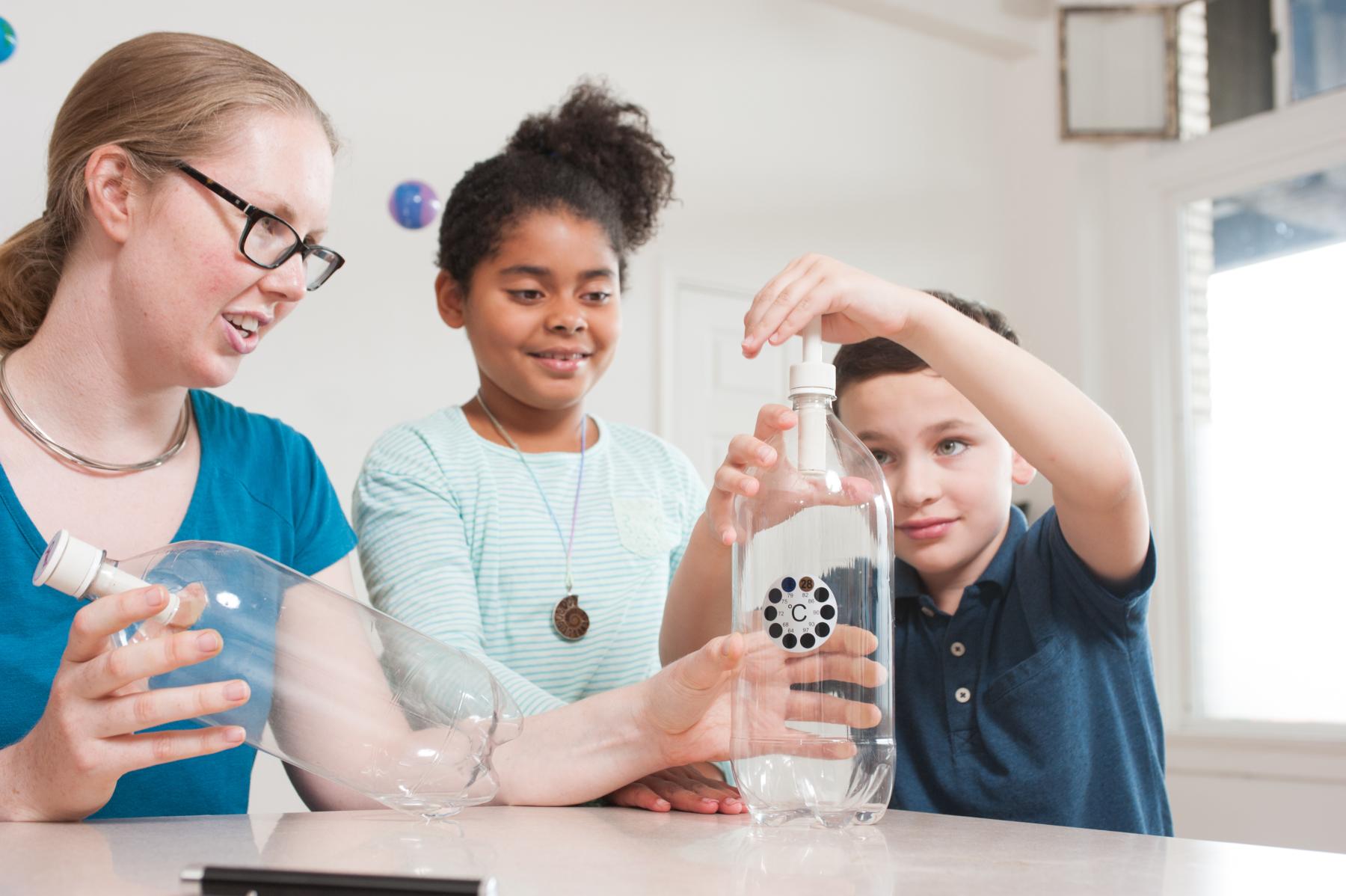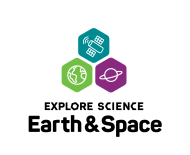DESCRIPTION
These simple reference sheets offer basic tips for leading the hands-on activities in your toolkit. The "Tips for leading hands-on activities" sheet includes suggestions for engaging and encouraging visitors, as well as for handling difficult concepts and misconceptions. The "Tips for guest speakers" sheet will help content experts who may not have experience with audiences like those at your institution (whether volunteers or visitors). And the "Tips for interacting with young learners" sheet offers simple reminders and suggestions for interacting with participants who are between 0 and 5 years old.
- Tips for leading hands-on activities
- Tips for interacting with young learners
- Tips for guest speakers
- Tips for Acessibility, Inclusion, and Engagement in Museums and Planetariums
DESCRIPTION
These simple reference sheets offer basic tips for leading the hands-on activities in your toolkit. The "Tips for leading hands-on activities" sheet includes suggestions for engaging and encouraging visitors, as well as for handling difficult concepts and misconceptions. The "Tips for guest speakers" sheet will help content experts who may not have experience with audiences like those at your institution (whether volunteers or visitors). And the "Tips for interacting with young learners" sheet offers simple reminders and suggestions for interacting with participants who are between 0 and 5 years old.
- Tips for leading hands-on activities
- Tips for interacting with young learners
- Tips for guest speakers
- Tips for Acessibility, Inclusion, and Engagement in Museums and Planetariums
Credits
The Science Museum of Minnesota
This material is based upon work supported by NASA under cooperative agreement award number NNX16AC67A. Any opinions, findings, and conclusions or recommendations expressed in this material are those of the author(s) and do not necessarily reflect the view of the National Aeronautics and Space Administration (NASA).
Creative Commons Attribution Non-Commercial Share Alike 3.0 United States (CC BY-NC-SA 3.0 US).
View more details

NISE Network products are developed through an iterative collaborative process that includes scientific review, peer review, and visitor evaluation in accordance with an inclusive audiences approach. Products are designed to be easily edited and adapted for different audiences under a Creative Commons Attribution Non-Commercial Share Alike license. To learn more, visit our Development Process page.


